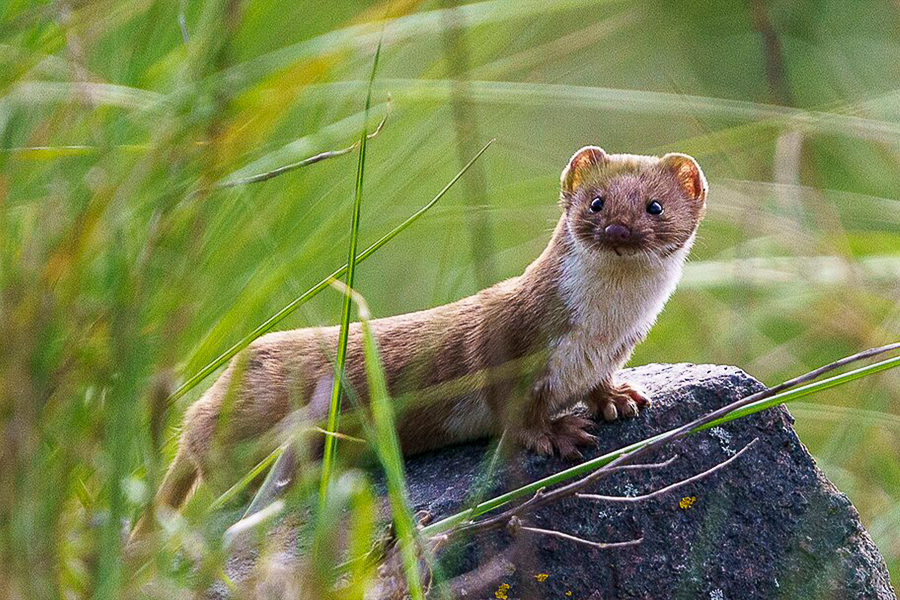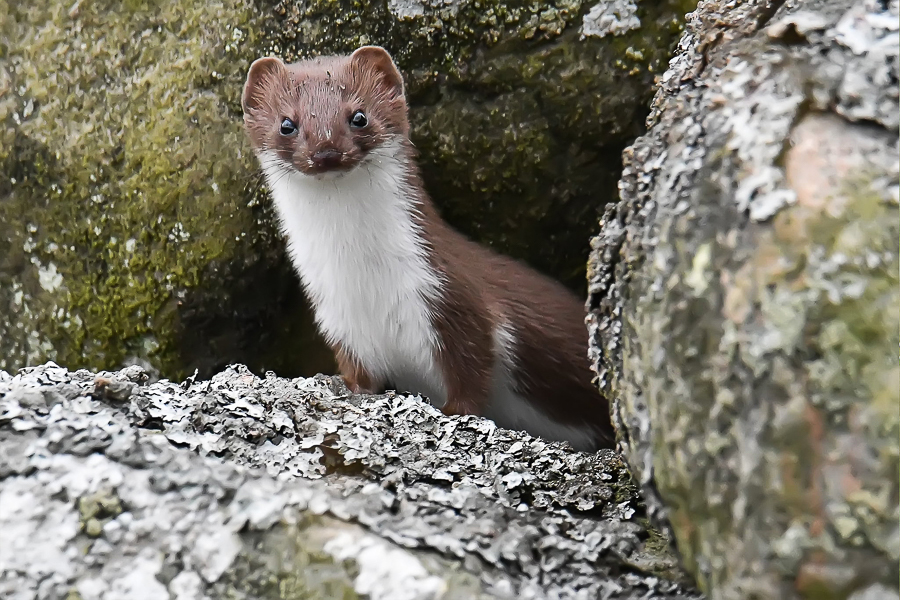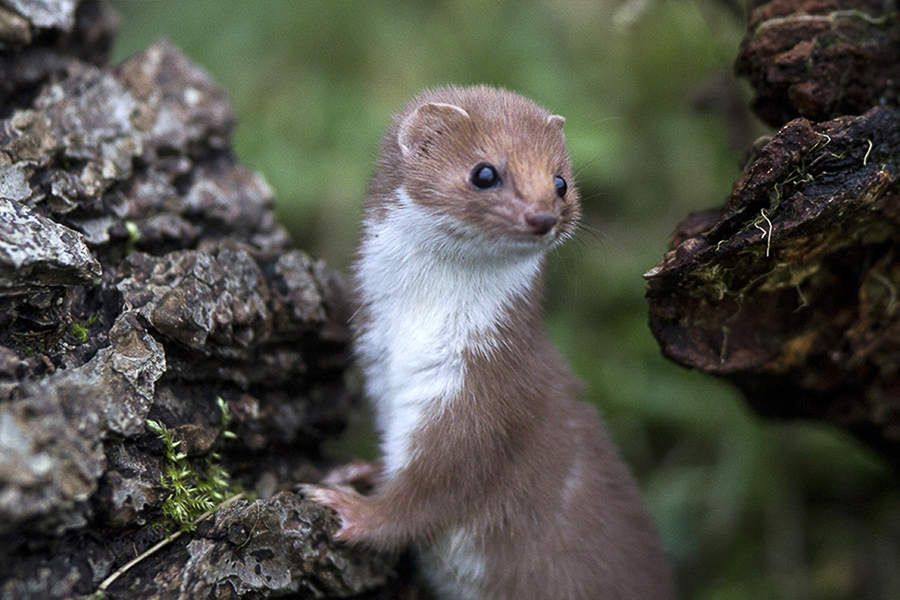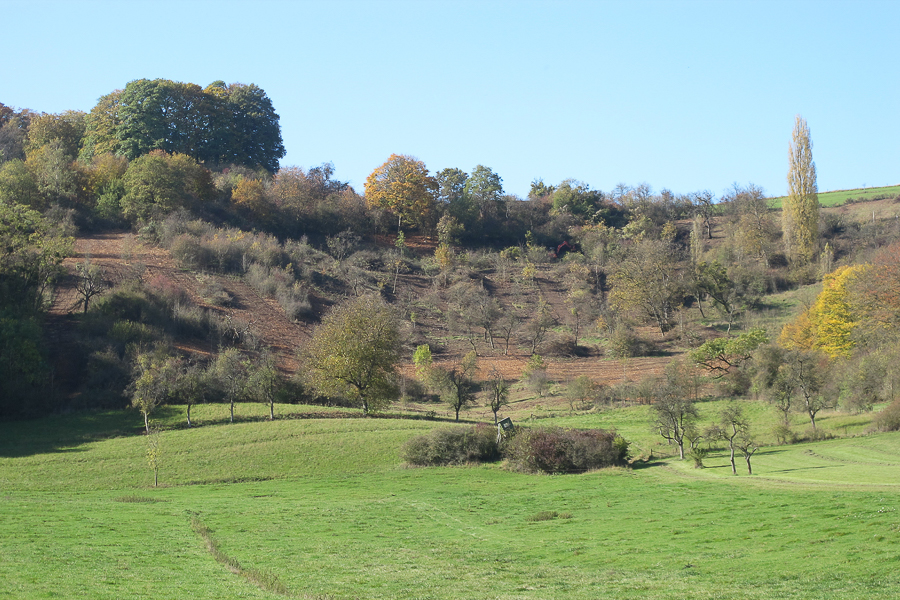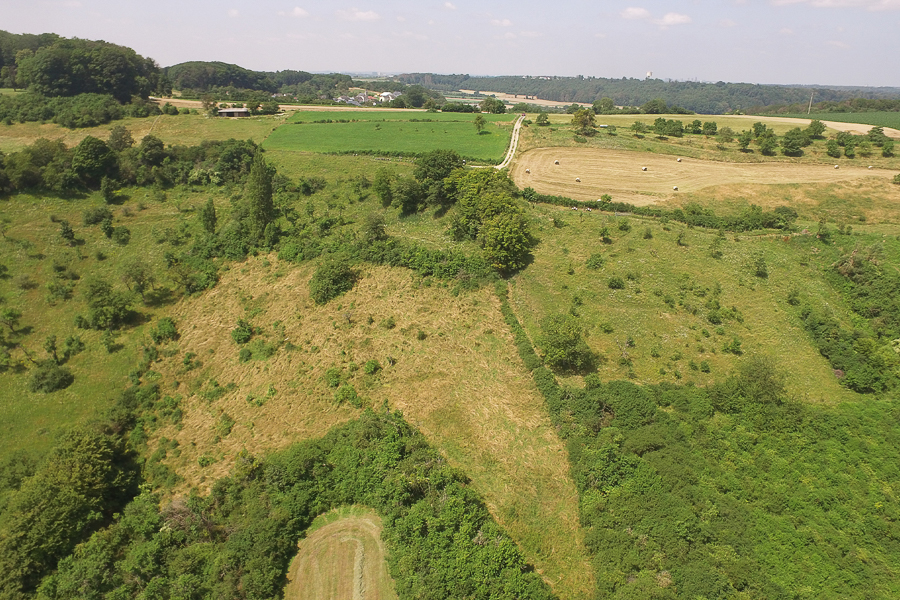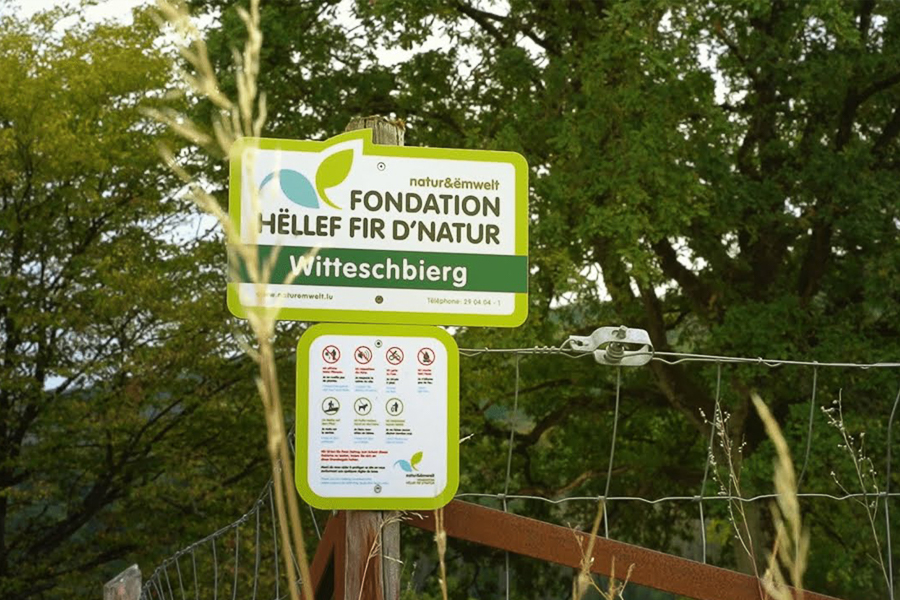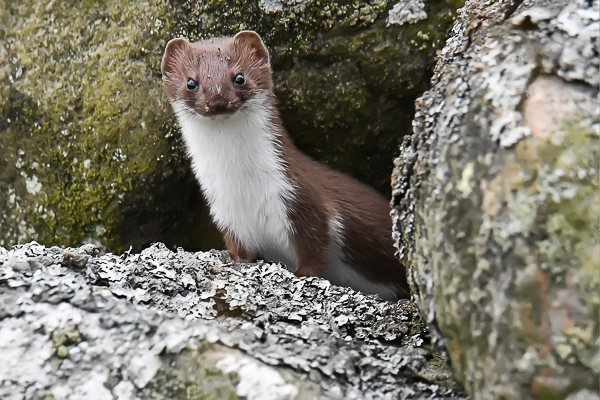 Credit: natur&emwelt
Credit: natur&emwelt
Luxembourg has what is known as a Temperate Climate in which winters are generally mild and summers comparatively cool, with rainfall that can be high; its flora and fauna have thrived in, and adapted to, this climate over the centuries and millennia, with ongoing challenges due to pollution and recent climate change, as well as the introduction of non-native species, resulting in disruptions to the norm.
Nevertheless, with various initiatives and organisations helping the ecosystem and habitat, including sustainability and re-wilding, there is a lot happening in nature across the Grand Duchy.
Chronicle.lu has teamed up with natur&emwelt (the non-profit organisation (naturemwelt), the foundation (Hëllef fir d'Natur) and the Wildlife Care Centre (Flegeestatioun)) for a series of articles on Luxembourg's fauna in which we look at various mammals, birds, insects, amphibians and aquatic animals, as well as touching on vanishing species returning to Luxembourg, focussing on their lifestyle and habitat, including when and where to observe them.
No. 16 in this series focuses on the Weasel.
Present but rarely seen, the weasel roams the flower-covered slopes of the Witteschbierg, near Waldbredimus. This tiny, lively and discreet carnivore plays a key role in the balance of grassland ecosystems.
The weasel (Mustela nivalis) is the smallest carnivore in Europe. It measures between 17 and 25 cm (including its tail) and weighs just 50 to 130 g. Its coat is reddish-brown on its back and white on its belly. Its elongated body, short legs and slender head allow it to squeeze into the smallest of spaces, even the burrows of its prey. Unlike the stoat, it does not have a black spot on its tail. In winter, some populations develop an entirely white coat.
Lifestyle
Territorial and solitary, the weasel is a formidable predator, capable of capturing prey much larger than itself. It feeds mainly on voles, field mice, mice, young rabbits and sometimes insects or birds. It hunts day and night, following rodent tunnels or patrolling tall grass. Its fast metabolism means it has to eat often. It nests in tree holes, low walls or old burrows, which it lines with fur. Breeding takes place in spring, with two to three litters per year. Weasels rarely live longer than two years in the wild.
Habitat
The Witteschbierg nature reserve, a limestone hill between Medingen and Waldbredimus, has well-exposed slopes rich in flowers and insects. The restoration of dry orchid meadows and the maintenance of traditional orchards provide an ideal environment for the weasel. Extensive grazing by sheep promotes a low vegetation structure that is conducive to hunting. Hedges, piles of stones, old walls and tree stumps provide safe shelter for this small, discreet carnivore, which is sensitive to disturbance.
Where and when can it be seen?
The weasel is active all year round, but it is so quick and stealthy that it is rarely seen. On the Witteschbierg, it can be seen in spring or summer, early in the morning or late in the afternoon, running along the edges of fields or crossing a path. Grazed lawns, hedges and the edges of low walls are its favourite places to pass through. Tracks, droppings or remains of prey can also betray its presence.
Observation tips
To catch a glimpse of it, be quiet, attentive and stay on the edge of open areas. The weasel moves quickly and can disappear in a second. A pair of binoculars and a little patience are your best allies. Keep your distance: it is a protected animal and very sensitive to stress.

